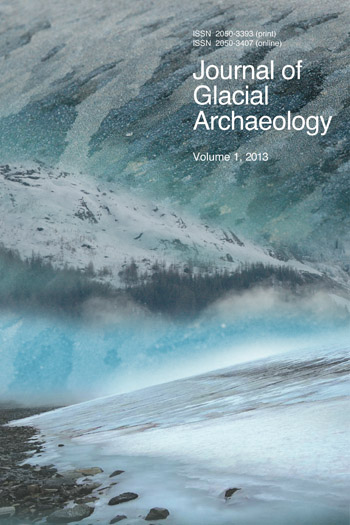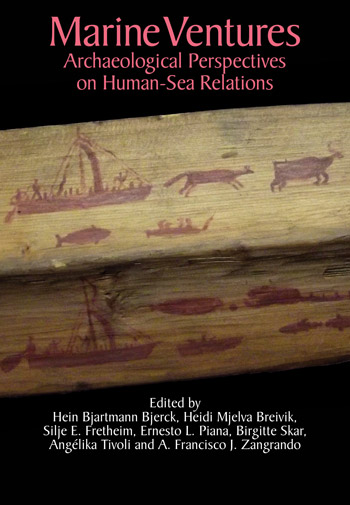Reviews
The book by Austvoll is refreshing because his analysis of the western façade of the Scandinavian Peninsula is done on its own terms and not just as a function of development in southern parts of Europe. Still, the idea of hierarchy and hierarchy-bound communication and exchange forces the text towards the discussion of centres and peripheries, where the grand centres were situated further to the south. As a reader one is likewise forced to think of why this is the case. Two millennia after the Bronze Age, the Vikings changed the entire geopolitical order in Eurasia through their seaways to power and influence. Is it not likely, one might ask, that the commencement of seagoing communication and traveling in the Bronze Age gave rise to an equal geopolitical transformation? This question too—intimately bound to the two other subjects mentioned above—comes forth when reading Austvoll’s analysis. This way, Austvoll’s text, as an engaging book ought to, does not just clarify and interpret the record left from prehistory, but also invites the reader and I guess also the author, to new quests for and questions about the nature and character of human pasts and the limits of our intellectual tools to explore it.Journal of Maritime Archaeology








